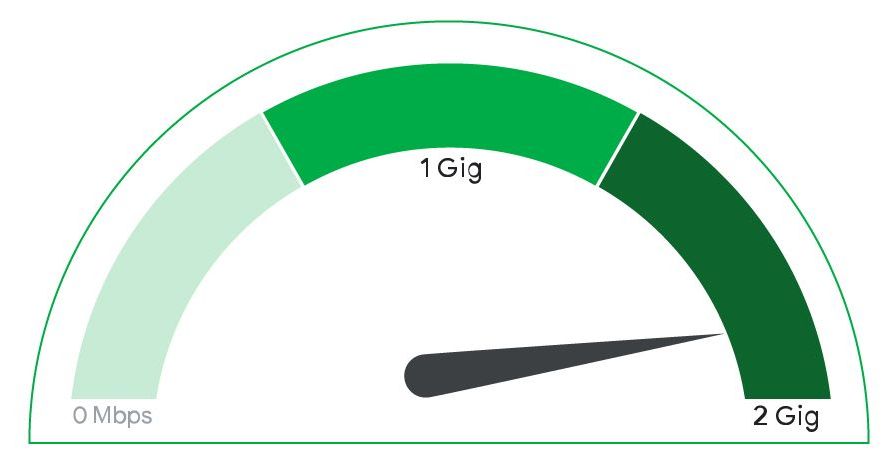Gold isn’t just a pretty face – it’s shown promise in fighting cancer in many studies. Now researchers have found a way to grow gold nanoparticles directly inside cancer cells within 30 minutes, which can help with imaging and even be heated up to kill the tumors.
Gold isn’t just a pretty face – it’s shown promise in fighting cancer in many studies. Now researchers have found a way to grow gold nanoparticles directly inside cancer cells within 30 minutes, which can help with imaging and even be heated up to kill the tumors.
In previous work, gold nanostars, nanotubes and other nanoparticle structures have been sent into battle against cancer, but one of the main hurdles is getting the stuff inside the tumors. Sometimes they’re equipped with peptides that hunt down cancer, while others sneak in attached to white blood cells.
For this new study, researchers instead found a way to grow the gold directly inside the cancer cells. The advantage is that it doesn’t require as high a concentration of gold in the cell, and it can be done much quicker than other methods.





